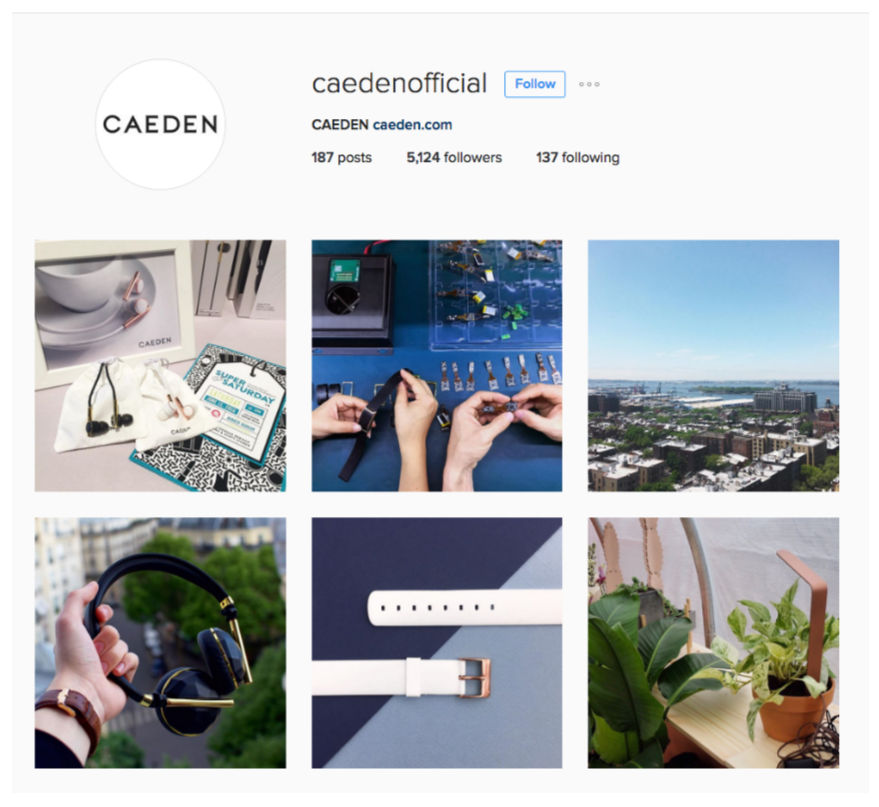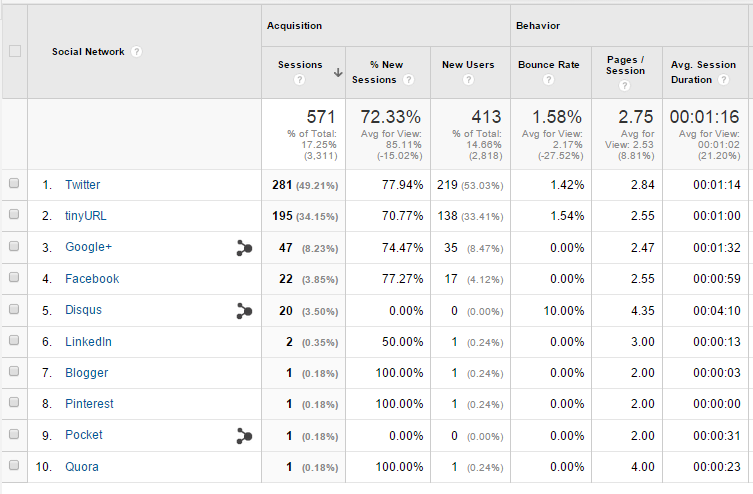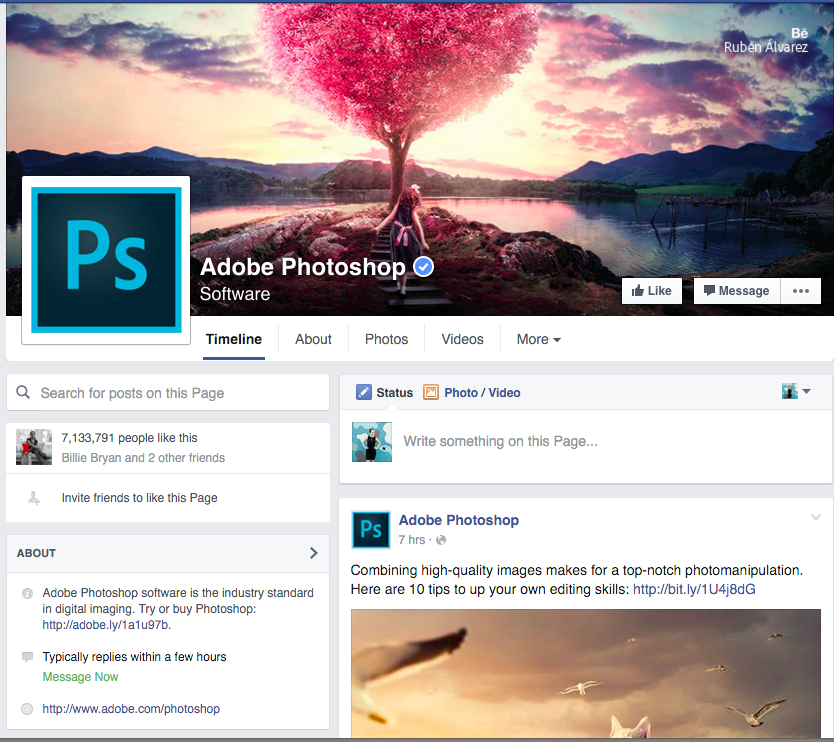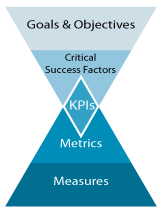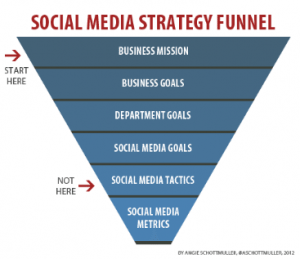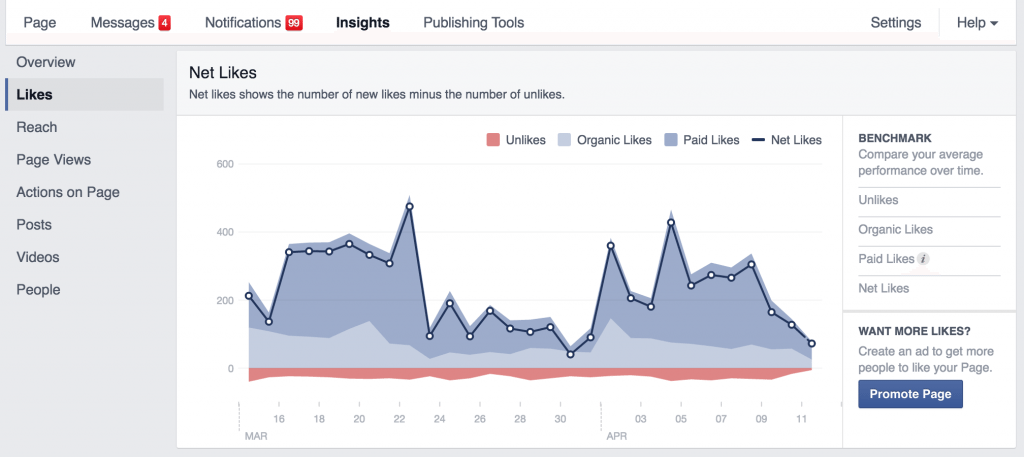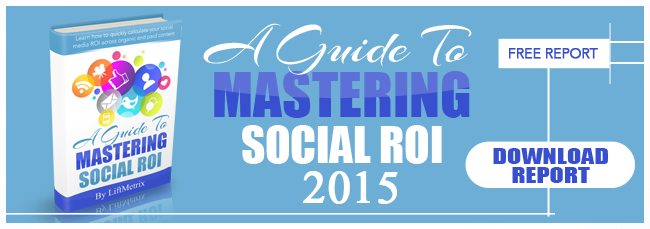Social ROI is often thought of an impossible task. The reality is that calculating ROI on social media is a more daunting task than other marketing channels (Television, SEM, Display, etc.) because you are getting more data back. In this post, we’ll show you how you can calculate your ROI using the same methods you use when calculating your ROI across all digital channels such as display ads, search engine marketing, lead generation, etc. How to Calculate an ROI on Social Media InfoGraphic – Click Here If you are asked what the ROI of your SEM campaign is, you quickly analyze your ad buy and realize you paid $X per click and those clicks either directly generated $Y of revenue or that they performed Y actions that you value at $Z per action. At LiftMetrix, we help you take all the data you are getting back from social media and apply traditional media math (the same math used to value ROI on television, display, and SEM) so you can get a clear picture of the value you are generating from all these networks. Let’s start with the Return: The first step of the process is to understand what are the different buckets you are measuring internally and from your existing marketing channels – CPM rates, CPC rates, CPA rates, etc and then applying it to social media. If your last post generated 1M impressions on social media and you internally value an impression on a digital channel at $1.00, then that post just generated $1K of return for you from brand awareness. If you have been buying ads on social media, you can be even smarter by applying you ad rates. Let’s say on your last 100 campaigns on social media, your average CPM was $0.50. Now that same post instead generated $1K of return for you from brand awareness. Let’s also say that the post generated 100 clicks to your website. Typically, you spend on lead generation or SEM about $3.00 per visit to your website. Now you generated an additional $300 of return from site visits. Now, let’s say that people who came from the post ended up purchasing $20,000 of e-commerce on your website. Now you generated an additional $20,000 of value. So your ROI across brand awareness, site traffic, and e-commerce was $21,300. Now you could make the argument that I don’t care about brand awareness or clicks to the website because they are just mechanisms to drive our main goal of e-commerce, so the true ROI is $20,000. Or you can make the argument that we acquired a customer so there is value in the click by itself. The true ROI really depends on how you think about your business and what your objectives are. Now let’s look at costs. Let’s say you spent $100 to boost the ads, $500 in creative costs, and you allocated $1,000 of your social team’s budget to this post. In total, this post cost you $1,600. Your true “ROI” is 11.5x. (assuming the $20,000 return). Now you can easily compare this to SEM where you spent $1,000 for 100 clicks that generated $10,000 of revenue or a 10x ROI. This process obviously gets tedious fast when you start to measure all the different metrics across the different platforms and as you start to value additional things like the “Likes” and “Comments” on the post. This is what we do for you at LiftMetrix. We automatically group all your analytics across different platforms into 7 buckets: audience development, social impressions, social engagement, website visits, site engagement, revenue, and customer acquisitions. Based on your own internal rates, advertising rates, industry rates, or actual amounts in the case of e-commerce, we will break down your ROI by group as well as social network. We then perform a lot of analysis based on how you define your ROI to give you real-time content recommendations as well as targets for your team to execute against on a daily basis. Don’t be scared of ROI ever again. How to Calculate an ROI on Social Media InfoGraphic - Click Here
By Kristin Calve, VP of Revenue @LiftMetrix
If you are using Twitter for SEO purposes, then you must definitely be finding yourself in a fix. Though Twitter has changed a lot after its IPO, the fact that you need to stick to 140 characters still remains the same. Those who do not understand social media, often feel too caught up with this restriction. However, those who understand that Twitter can turn out to be a powerful tool for expression are able to use this platform for getting leads and ranking higher. Ever since Google has started to include Twitter to its search results, it has become more important for people to pay attention to Twitter as well as Facebook. Take a look at some of the best SEO tips that you should be using this year.
1. Engage your prospects in conversations: Pay attention to what your leads are saying on Twitter. When it makes sense, engage them in conversation on their page. To discuss details, move to direct messages.

